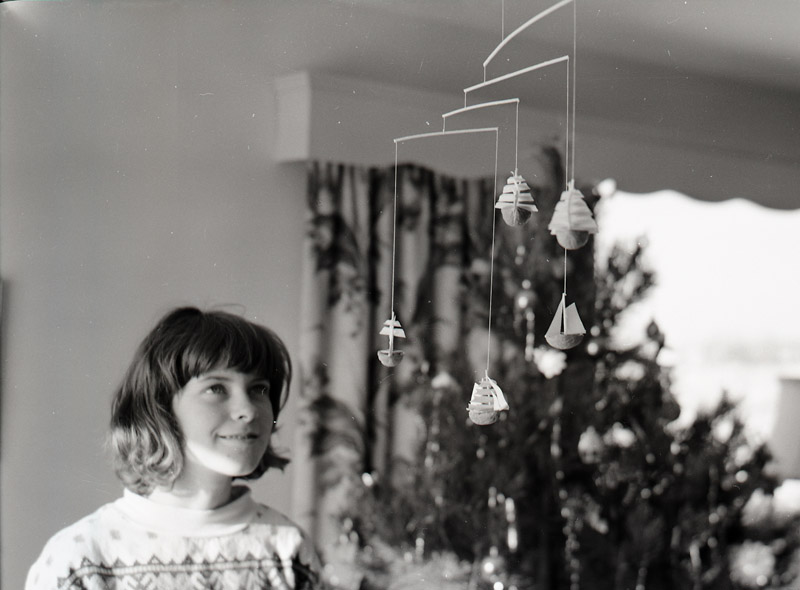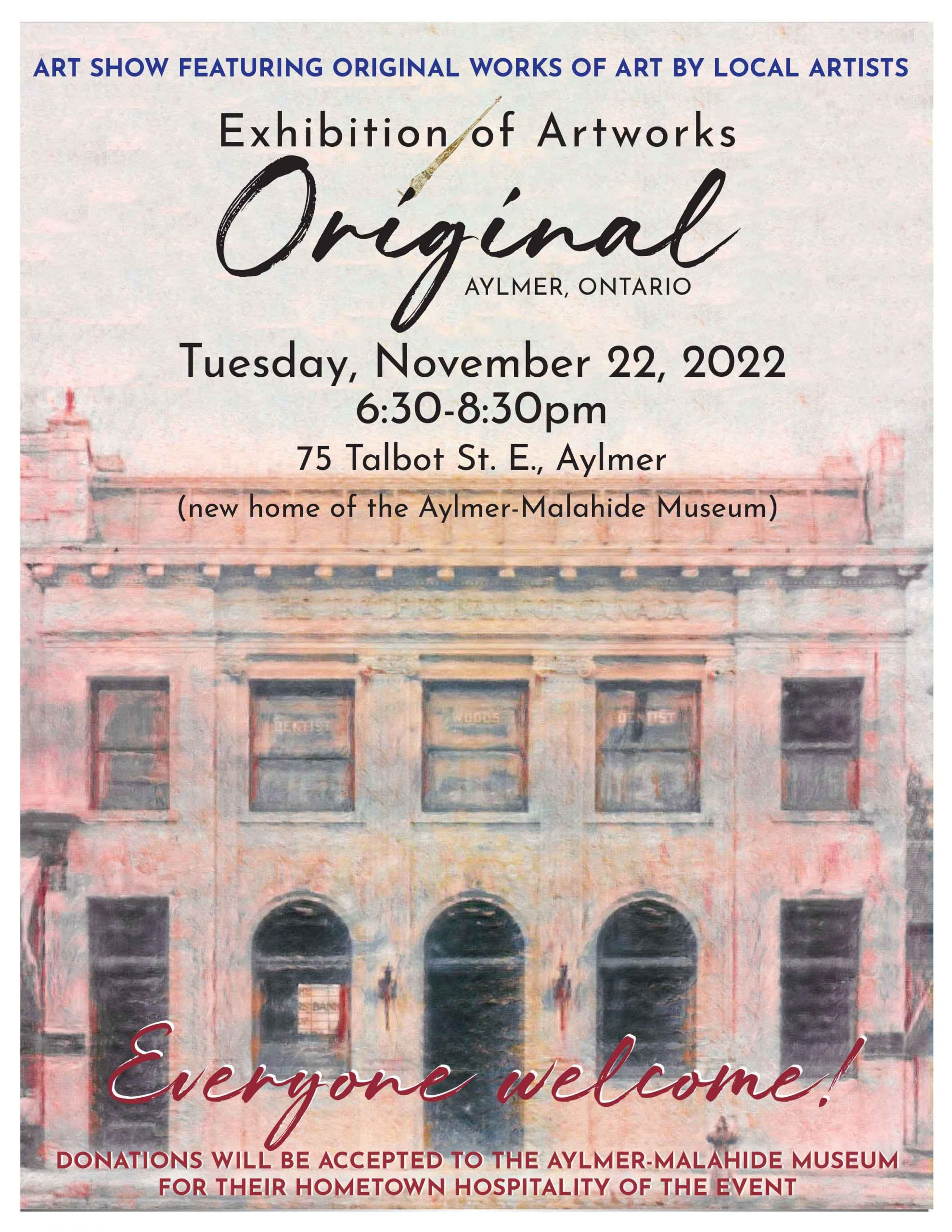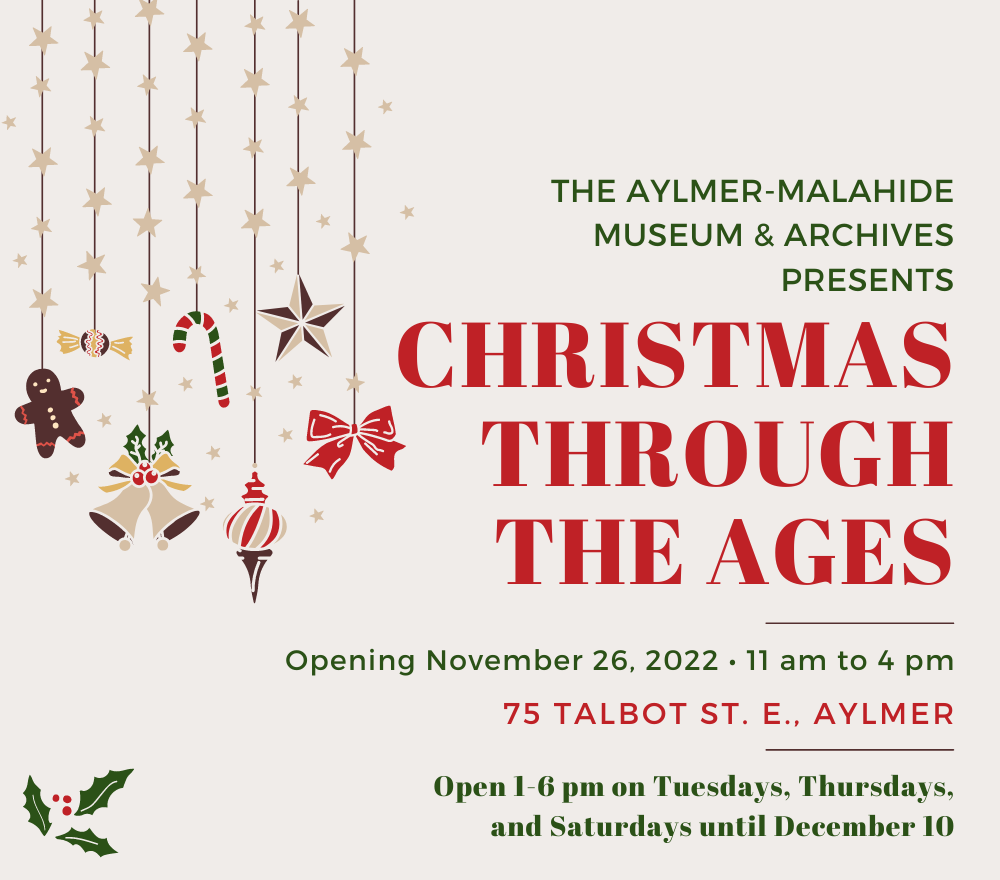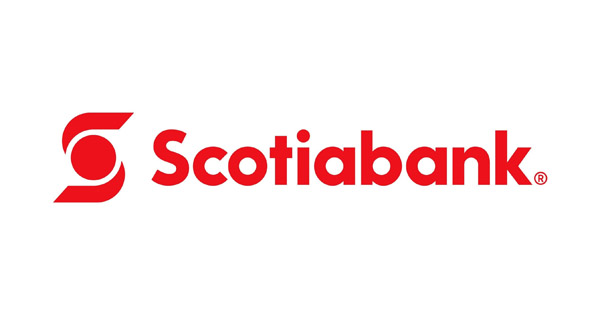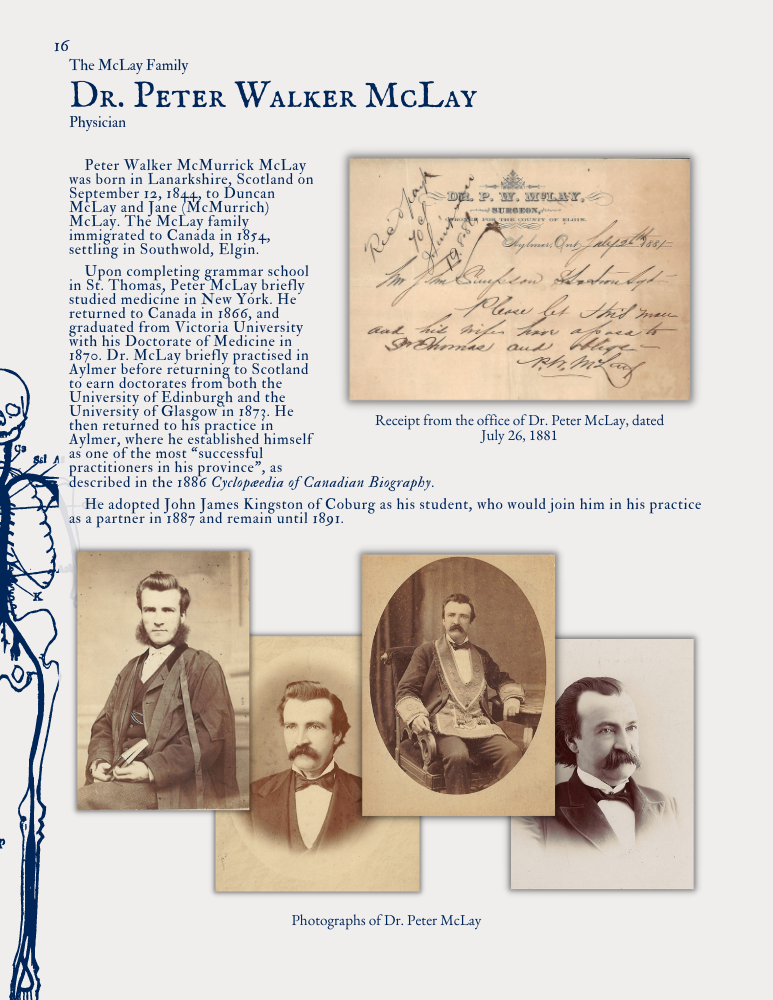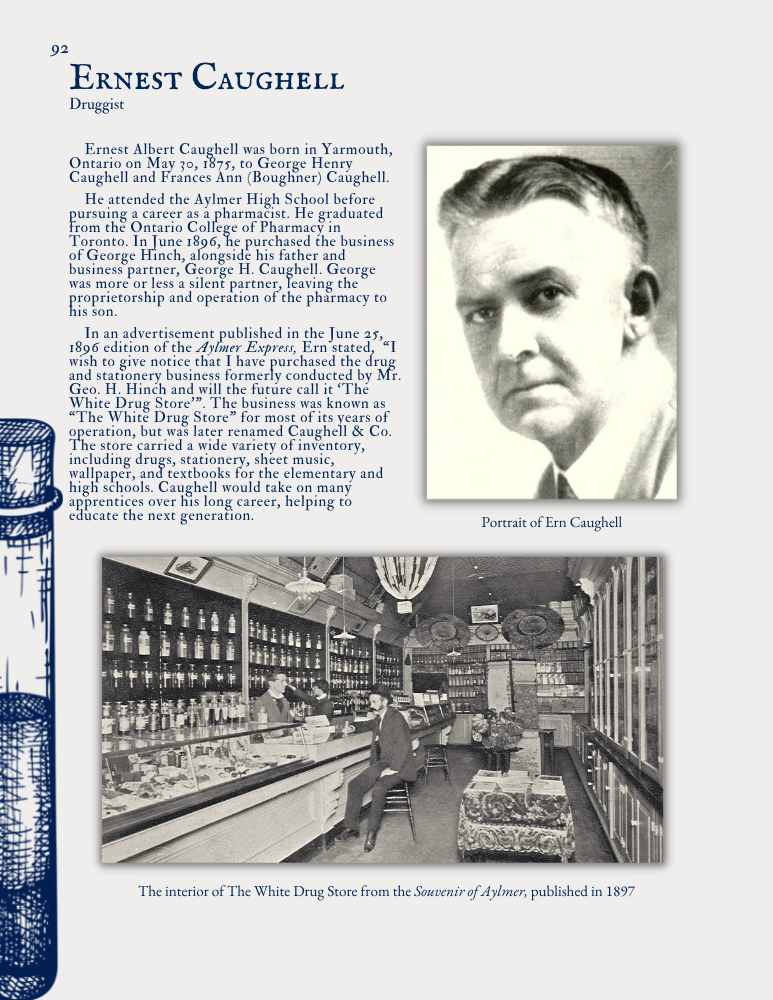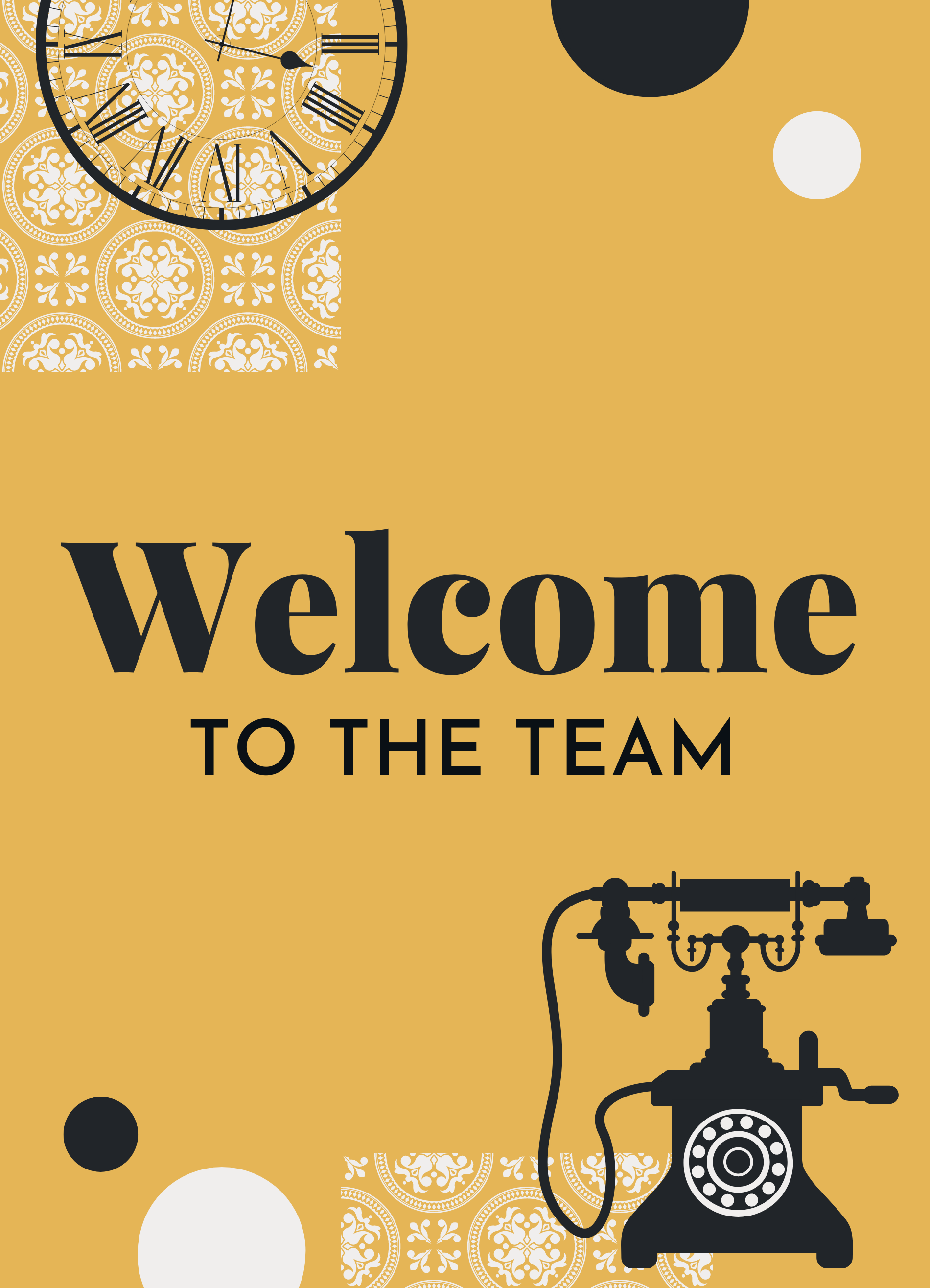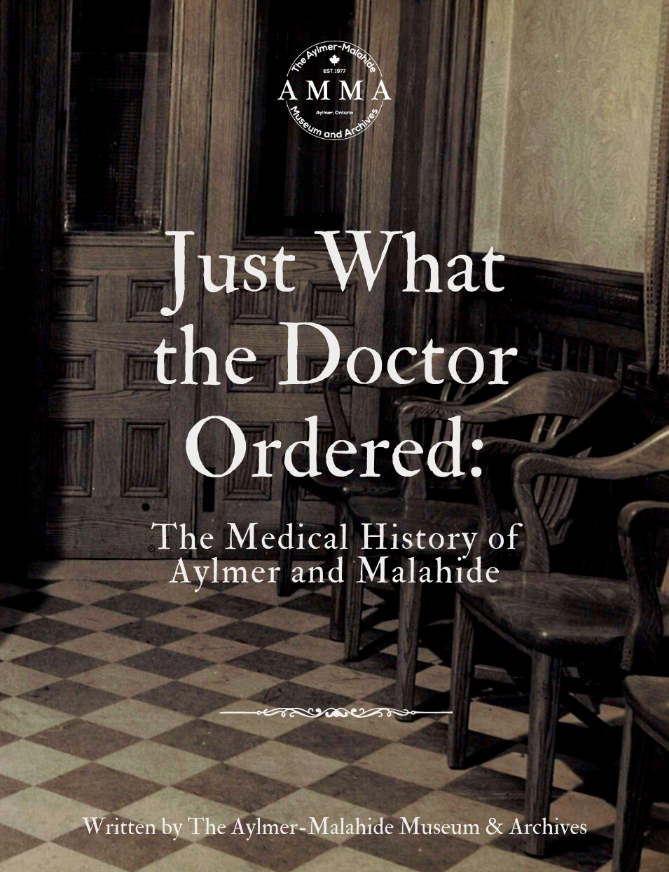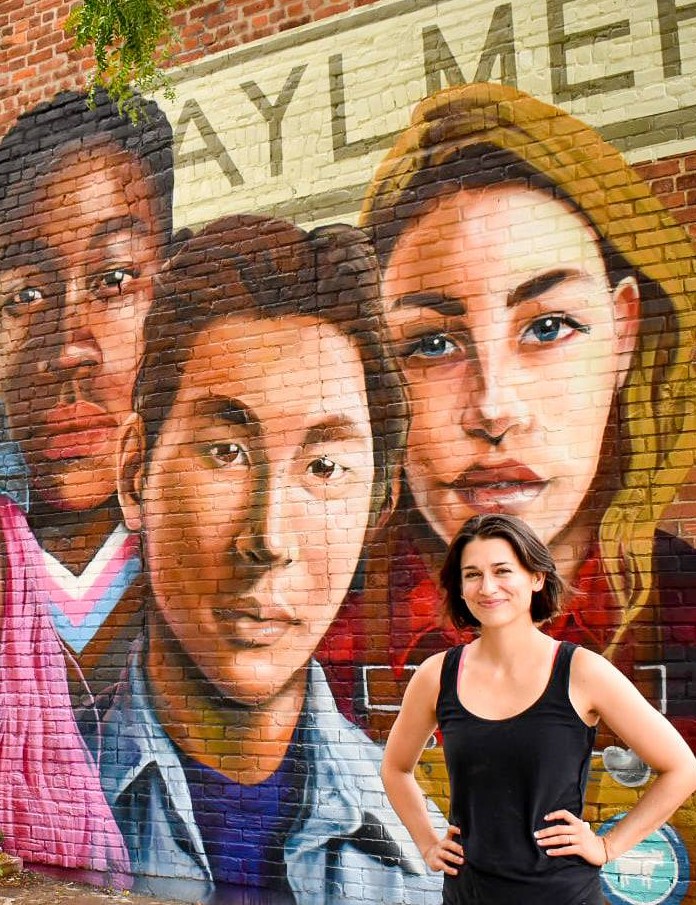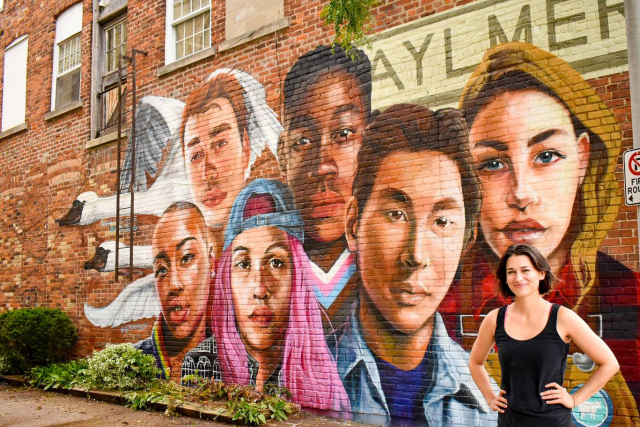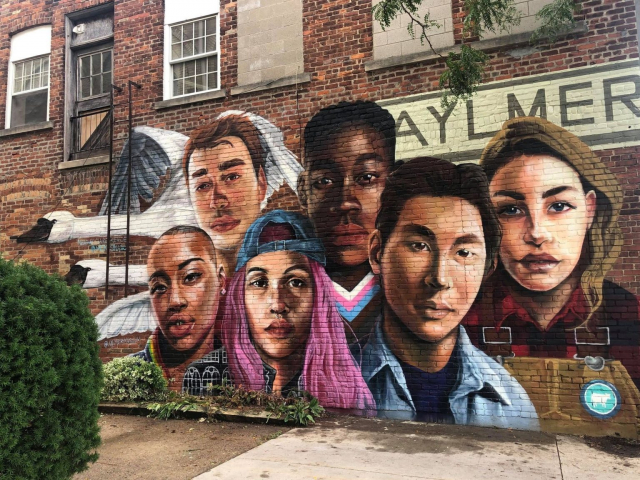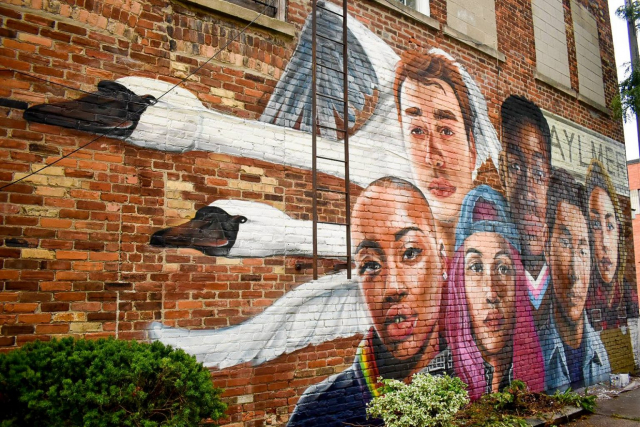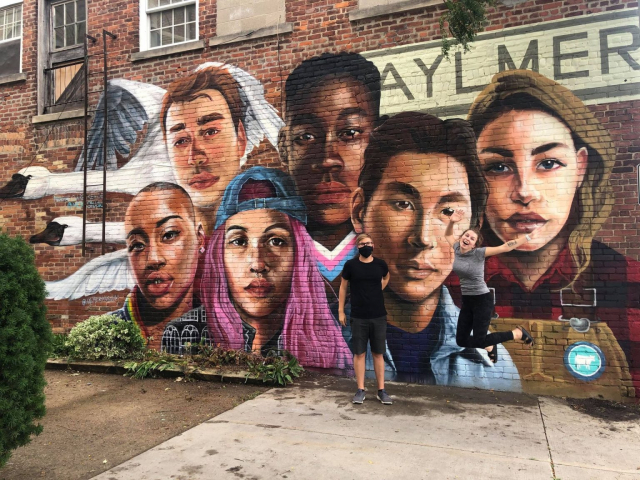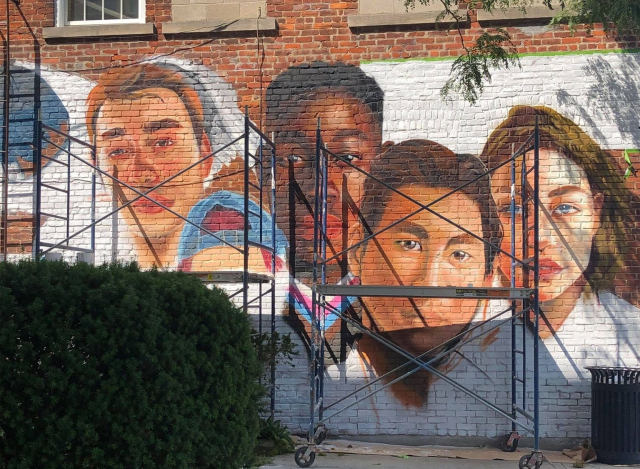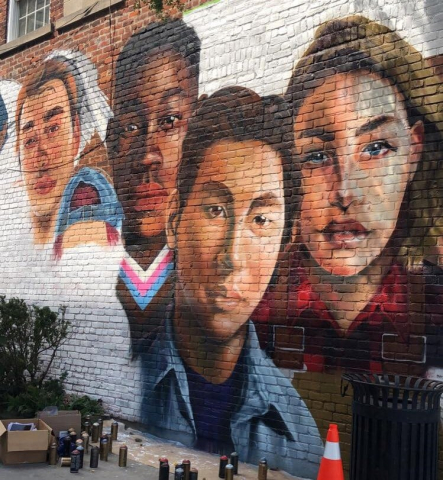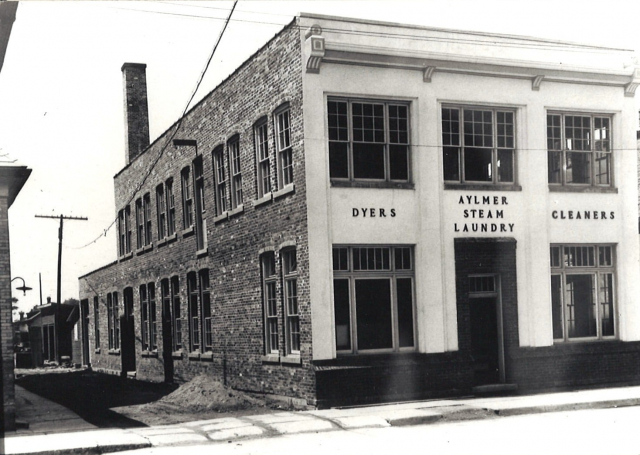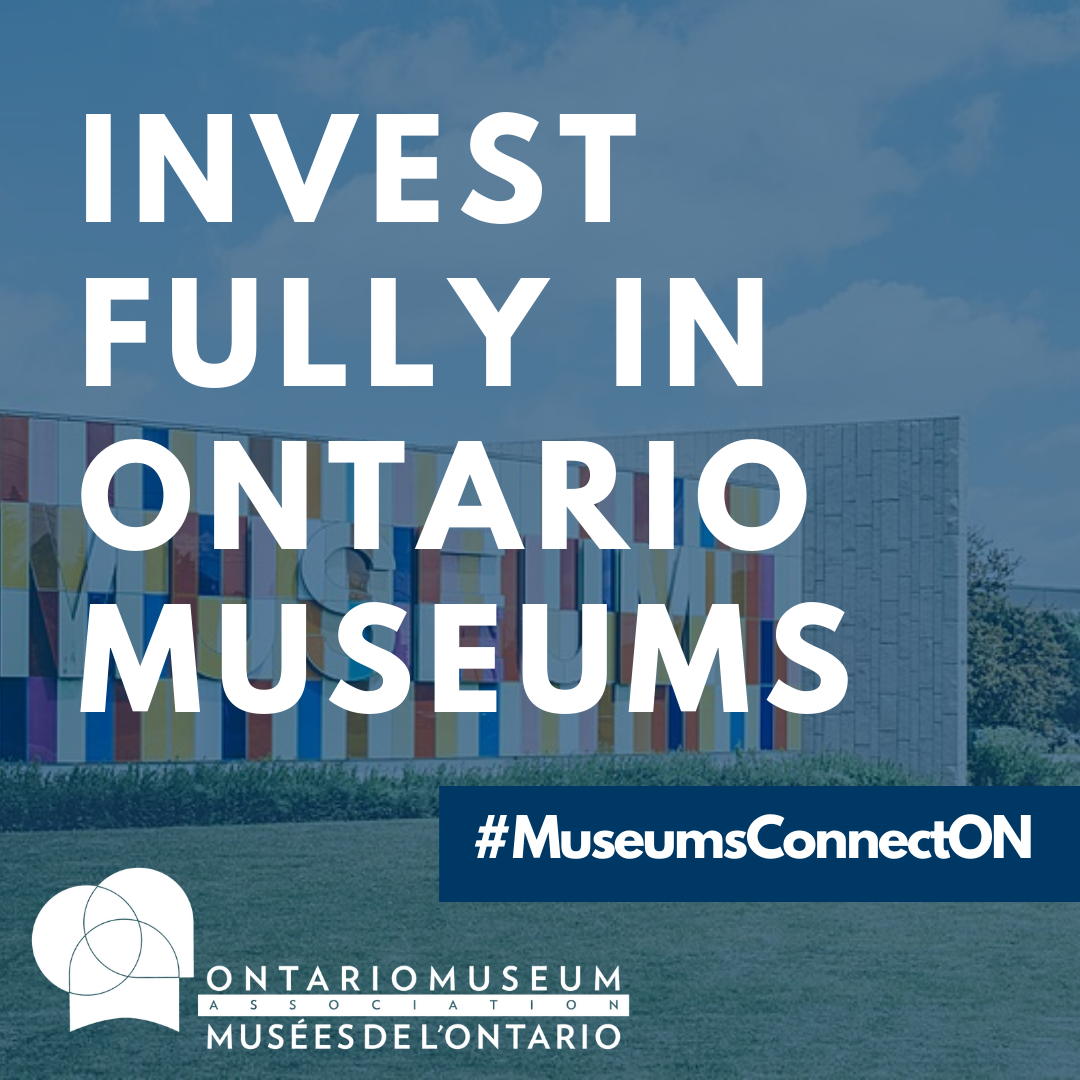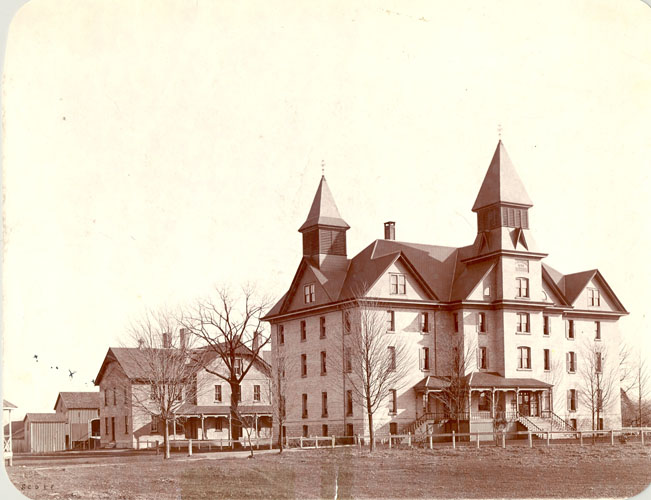WE’RE MOVING!
April 27, 2022
We’re excited to announce that we’ve purchased the former Hamilton Ward & Cathers building at 75 Talbot St. E.
The move should take roughly two years, once renovations are complete and once all our artifacts are safely packed and ready to migrate.
Many thanks to the Express for breaking the news today! Read the article in today’s issue for the full story.
Many thanks to longtime sponsor Jeff Wiebenga for facilitating the sale of the building, and to the folks at McFarlan Rowlands/Hamilton Ward & Cathers for their kindness and generosity through the sale process.
Our press release reads as follows:
FOR IMMEDIATE RELEASE
April 26, 2022
The Aylmer-Malahide Museum & Archives is moving to a new, downtown location
The museum has purchased a new building, located at 75 Talbot Street East in Aylmer
The board of the Aylmer-Malahide Museum & Archives is thrilled to announce that they have purchased a new building to house the museum and its collection. The building is located at 75 Talbot Street East in Aylmer, the current home of McFarlan Rowlands Insurance (formerly Hamilton Ward & Cathers Insurance) and previously the Royal Bank of Canada. We are so pleased to have the opportunity to house our museum and its ever-growing collection in such a beautiful and historically significant building.
Aylmer and Malahide have a lively and engaging history. From its founding as a museum in 1977, the AMMA has been a repository for the citizens of these communities to entrust their artifacts, photographs, and stories. These have been diligently catalogued, preserved, exhibited, and made available to the community, researchers, genealogists, and historians. Over the past 45 years, the museum has far exceeded its capacity and has been limited by its present location in how it shares the stories that it holds in trust.
This project would not have been possible without the many significant financial contributions from our generous donors and supporters who have contributed to our relocation efforts including Giles Hume, Donna Bushell, Marie Briggs, and Glen Kilmer. We are very grateful for the support of the town of Aylmer and look forward to engaging with other stakeholders including the Township of Malahide and Elgin County for their assistance and support with this project.
“We are very excited to be able to announce that after years of searching and hoping, our dream of moving to a larger facility is finally within reach,” said Dan Reid, board member of the Aylmer-Malahide Museum and Archives. “Not only will this allow us greater room for exhibits and for storage, but its central location in the heart of Aylmer will also give us any number of new opportunities to engage directly with the community.
In this new location, we hope to find new ways to partner with and give back to the many people of our community who have been unswerving in their assistance. We are eager to play host to the young, curious minds, and to nurture a love of history in students of all backgrounds. It is from the lessons of the past that paths forward present themselves. We wish to honour the sacrifices and contributions made to this area by the many citizens of past and present.”
“I couldn’t be happier to announce that we have finally found a new building for the Aylmer-Malahide Museum & Archives,” said Amanda VandenWyngaert, the curator of the museum. “We’re so grateful for all of the hard work that many board members, volunteers, and community members have dedicated to this relocation project over their exhaustive, decades-long search for a new building. We are confident that the downtown location, as well as the historic nature of the building, will provide the perfect home for the museum. We cannot wait for all of the exhibit, programming, and event opportunities that this new building will allow us.”
The historic building at 75 Talbot Street East needs to be renovated in order to fully prepare the building for its future uses. We invite everyone to learn more and to consider contributing to our upcoming capital campaign to help us create a thriving community museum.
For more information, please contact:
Kathi Vandermeer, Office Manager, Aylmer-Malahide Museum & Archives
(519) 773-9723
officemanager@aylmermuseum.ca
Amanda VandenWyngaert, Curator, Aylmer-Malahide Museum & Archives
(519) 773-9723
curator@aylmermuseum.ca
Aylmer-Malahide Museum & Archives
The Aylmer-Malahide Museum & Archives was established in 1977 to serve as a community museum. The AMMA continues to preserve, present, and promote the history of Aylmer and Malahide through various displays and programming. The museum houses a local archive as well as over 40,000 artifacts relating to the history of local businesses, industries, families, and communities. The museum offers at least three exhibits a year, as well as school programs, senior programs, community programming, special events, and tours.

Photograph of the Aylmer Branch of the Traders Bank of Canada, located at 75 Talbot Street East, taken ca. 1909. We are grateful to have the opportunity to house our museum and its ever-growing collection in such a beautiful and historically significant building.



